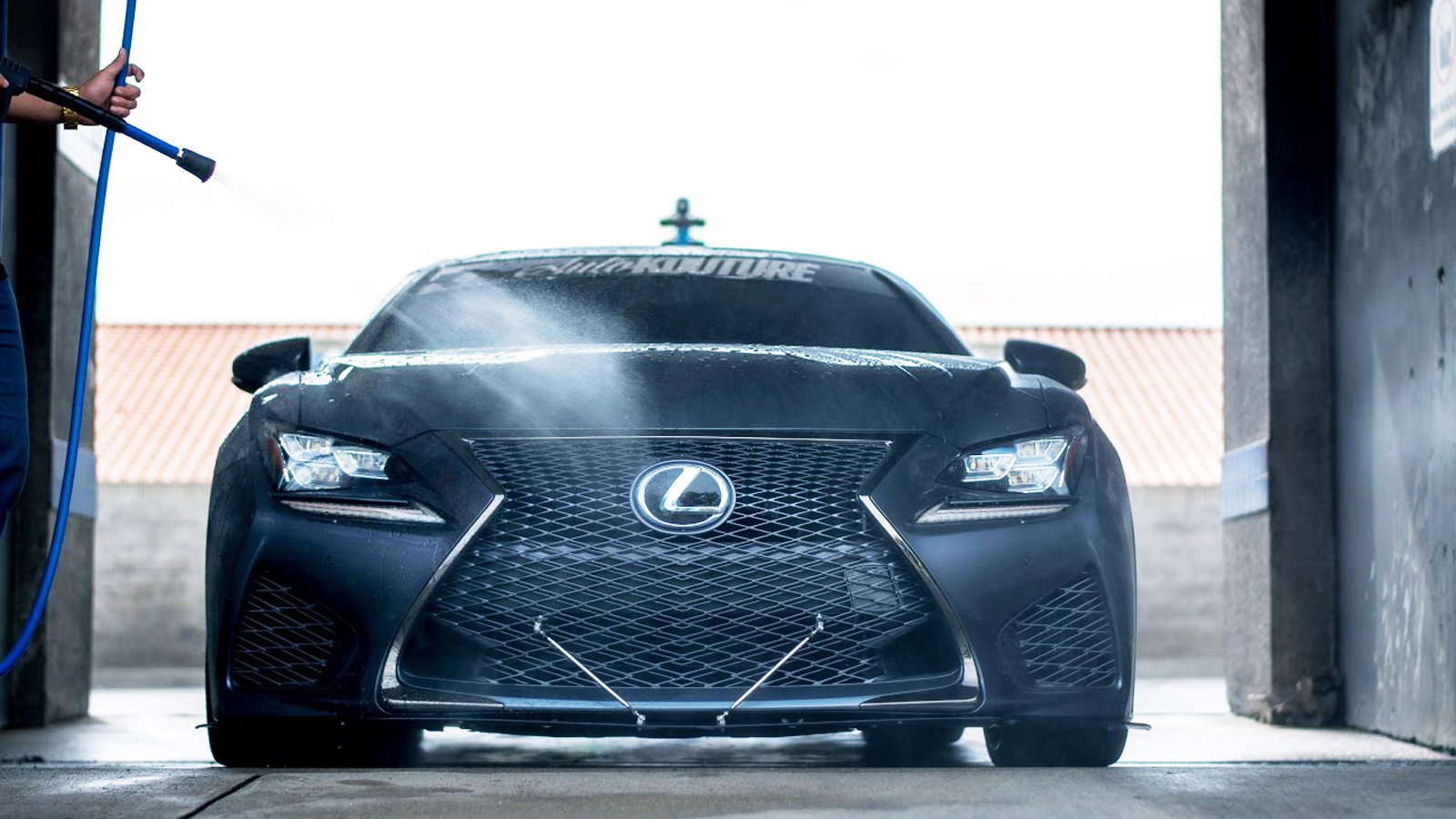
“Collision detection, auto hold braking and other technologies are coming to every car as standard equipment by 2020,” said BestRide editor-in- chief Craig Fitzgerald. Some cars engage the emergency brake automatically when a car is switched off, while others require a motorist to shift into park before turning off the engine.

#Wilde lexus car wash driver
What’s more, car wash operators report similar problems with some vehicles’ electronic parking brake systems holding up the queue, which tends to most hamper car washes in which the driver is required to leave the transmission in neutral, switch off the engine, and exit the car. Some, ironically in the act of preventing a crash, have actually jumped the car wash rails and inadvertently caused a collision with the vehicle directly rearward. Car wash operators are reporting instances where cars have become stuck in mid-wash by their vehicles’ auto-braking systems.

That’s because the sensors used for forward collision mitigation systems aren’t able to tell the difference between a solid wall and what the industry calls a “soft mitter curtain.” To an auto-braking system's sensors, both are considered large and equally hazardous obstructions with which collisions must be avoided. And now, a just-issued report has identified a surprising – and surprisingly common – situation in which autonomous braking systems can be confounded to the extent that the vehicle becomes disabled.Īccording to the car-shopping site, fastidious motorists driving 14 different vehicle brands are finding that their rides can be rendered virtually immobilized at many automated car washes unless certain auto-braking systems can be disabled. Unfortunately, as recent events regarding Tesla’s so-called Autopilot system have shown, today’s semi-autonomous auto technology remains far from perfect. Automakers and regulators agreed to make forward collision prevention systems standard in most light-duty cars and trucks by the 2022 model year. While fully self-driving cars still remain rooted in the future, a growing number of vehicles are offering semi-autonomous features that will, for example, self-park a car, help keep the vehicle centered within highway lane markers, and perhaps most importantly, automatically apply the brakes if necessary to help prevent both high- and low-speed collisions.Īccording to the Insurance Institute for Highway Safety, auto-braking systems can cut rear-end collisions by 40% and reduce the severity of crashes that do occur by 30% in terms of related bodily injury claims.


(Just one more reason, BTW, why I usually wash my own cars by hand). This article explains it in detail, and lists the brands of cars involved. If the system cannot be disabled, some cars have been damaged, and /or accidents taken place, while going through the wash. On those vehicles (and on a number of other brands with automatic emergency-braking systems), the sensors, under some conditions, cannot differentiate between regular objects on the road and some of the brushes, arms, and sheer-walls in automatic car washes. This doesn't affect me, but I thought I'd post it because many of you here in Lexus Enthusiast own or drive Lexus, Toyota, and Mercedes products.


 0 kommentar(er)
0 kommentar(er)
